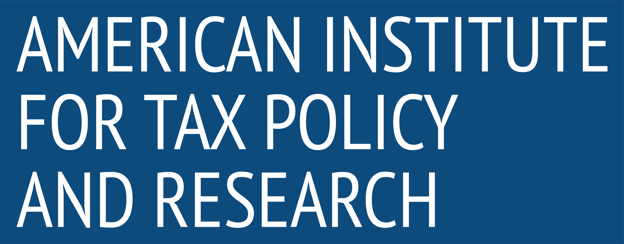A Critical Analysis of the EU’s Current VAT Policy
February 5, 2025
The European Union’s Value-Added Tax (VAT) system, a cornerstone of its fiscal policy, is one of the most significant sources of revenue for member states. However, despite its role in ensuring stable public finances and harmonizing tax collection across borders, the current VAT framework faces persistent challenges related to complexity, fraud, compliance burdens, and economic distortions. This critique highlights the inefficiencies and shortcomings of the EU’s VAT policy while exploring potential reforms for a more effective system.
1. The Complexity of the EU VAT System
The EU VAT system is known for its complexity, resulting from a mix of harmonized EU regulations and divergent national implementations. The VAT Directive (Council Directive 2006/112/EC) establishes broad principles, but member states retain discretion over rates, exemptions, and administration.
Multiple VAT Rates and Exemptions:
The EU allows member states to apply multiple VAT rates, including standard, reduced, super-reduced, and zero rates. While intended to address social concerns (e.g., lower rates on essential goods), this practice complicates compliance and creates distortions. Businesses operating across multiple jurisdictions must navigate varying tax treatments, increasing administrative costs.
Digital and Cross-Border Challenges:
The introduction of VAT One-Stop Shop (OSS) for e-commerce was a step toward simplification, but VAT reporting requirements remain burdensome. Digital businesses still face difficulties in ensuring compliance with diverse national VAT rules.
2. High VAT Fraud and Revenue Losses
VAT fraud remains a significant problem, with the EU losing billions annually due to fraud schemes like missing trader intra-community (MTIC) fraud (or "carousel fraud"). In 2022, the VAT Gap—the difference between expected VAT revenue and what is actually collected—was estimated at over €60 billion.
Intra-Community Fraud:
The EU's VAT system, based on cross-border transactions between businesses under the reverse charge mechanism, is vulnerable to fraudulent claims. Fraudsters exploit the system by collecting VAT on sales but disappearing before remitting the tax, leading to substantial revenue losses.Inadequate Enforcement and Coordination:
While the EU has taken measures such as the Transaction Network Analysis (TNA) system and the VAT e-commerce package, enforcement remains inconsistent across member states. A centralized, real-time reporting mechanism could significantly enhance fraud detection.
3. Regressive Impact on Low-Income Households
VAT is a consumption tax, meaning it disproportionately affects lower-income individuals who spend a larger share of their income on taxed goods and services.
Limited Effectiveness of Reduced Rates:
While reduced VAT rates aim to mitigate regressivity, studies indicate they are often poorly targeted. Wealthier households benefit more from reduced rates on goods like energy and cultural services, undermining the intended equity objectives.Alternative Redistribution Mechanisms:
Some economists argue that direct cash transfers or targeted tax credits would be more effective than reduced VAT rates in assisting low-income households.
4. Administrative Burden on Businesses
Despite the EU’s efforts to harmonize VAT rules, businesses—particularly SMEs—face significant compliance costs.
Complex VAT Filing Requirements:
Companies trading across EU borders must register for VAT in multiple jurisdictions, leading to increased costs. Although the VAT OSS helps mitigate this for e-commerce, other sectors still face high administrative burdens.Refund Delays:
VAT refund processes remain slow and bureaucratic, tying up cash flow for businesses. Delays in refunds create liquidity issues, particularly for exporters who rely on timely repayments.
5. Potential Reforms for a More Efficient VAT System
To address these challenges, the EU should consider the following reforms:
Simplification and Standardization
Reduce the number of VAT rates to minimize distortions.
Implement a more uniform VAT framework across member states.
Enhanced Fraud Prevention
Introduce real-time digital reporting for VAT transactions to reduce fraud risks.
Strengthen cooperation between tax authorities for quicker fraud detection.
More Progressive Approaches
Phase out broad reduced VAT rates in favor of direct social assistance programs.
Introduce targeted VAT credits for low-income households.
Improved Business Compliance
Expand the VAT OSS system to more industries to reduce compliance costs.
Streamline VAT refund processes to improve cash flow for businesses.
Conclusion
The EU’s VAT policy, while a crucial fiscal tool, suffers from inefficiencies that undermine its effectiveness. The system’s complexity, vulnerability to fraud, regressive impact, and high compliance costs demand significant reform. Simplification, improved enforcement mechanisms, and targeted social policies could enhance the VAT system, ensuring it remains a fair and efficient source of public revenue in a rapidly evolving economic landscape.




